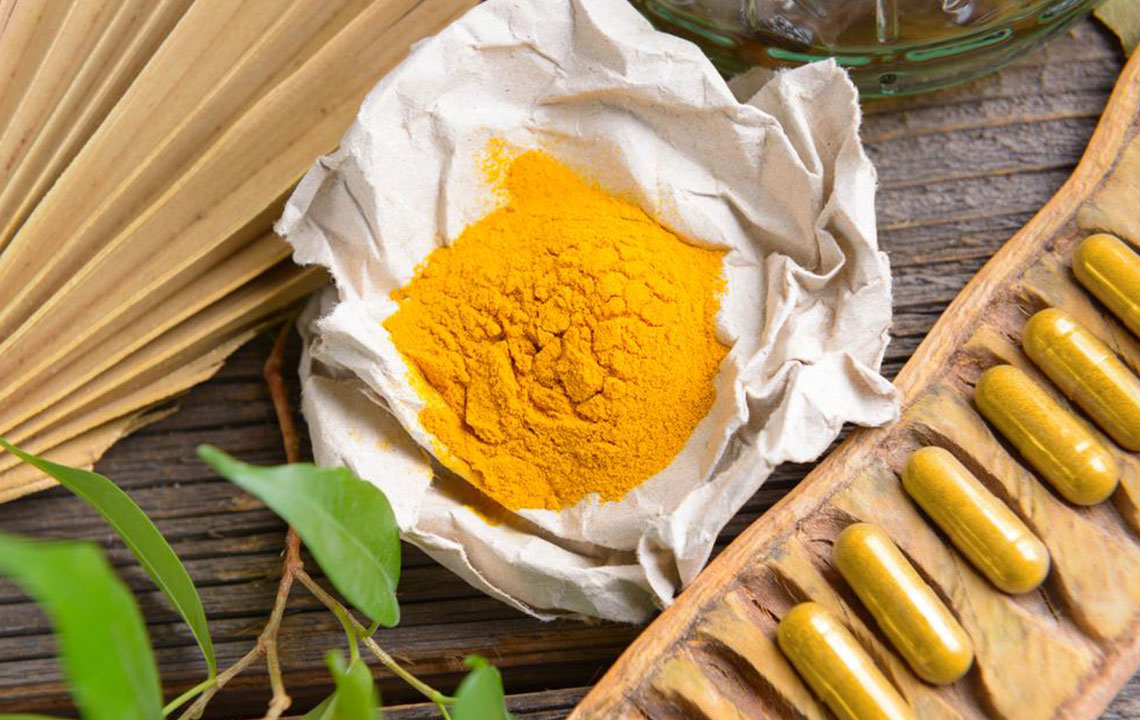Best Turmeric Supplements What You Need to Know

Turmeric is a culinary spice that has a use in every home in India. It has a bitter warm taste and can be identified as an additive flavor to almost all Asian dishes.
Besides, it has been used conventionally as a disinfectant. A rhizomatous herbaceous perennial plant, Curcuma longa belongs to the ginger family known as Zingiberaceae. Its underground stems—rhizomes, are the source from which turmeric is derived.
Curcumin, a yellow-colored constituent in turmeric stems, is often used to color curry powders, butter, mustards, cheeses, and even cosmetics. It is the effective part of turmeric’s chemical composition, almost 2 to 6 percent of the spice in total.
The chemical comes packed as a powerful antioxidant and carries anti-inflammatory properties.
How Does It Work?
Curcumin present in turmeric can help in reducing inflammation. Researchers suggest that turmeric intake helps ease symptoms of osteoarthritis and rheumatoid arthritis. The curcumin molecule itself appears to be a potent blocker of inflammation.
This is why turmeric might be beneficial for treating almost all major diseases like diabetes, cancer, and cardiovascular problems.
There is a study that shows how curcumin causes death in Neuroblastoma cells, producing minor toxicity. Curcumin can be attached to nanoparticles and can be sent to the tumor cells. This can destroy neuroblastoma cells, which causes cancer in children.
This shows that nanoparticles can be an effective delivery medium for cancer drugs.
Why a Turmeric Supplement?
- Lab tests carried out on turmeric have shown promising results. Some of them are:
- It is evident that curcumin blocks the growth of some particular tumors.
- Turmeric extract has helped stabilize colorectal cancer in some cases.
- Its anti-inflammatory properties help in pain relief in the joints and muscles.
- Various skin disorders/diseases like lichen planus can be cured by the use of turmeric.
- Cardio-vascular issues like high cholesterol and heartburn (dyspepsia) can be cured by curcumin.
Turmeric can also treat:
- Joint pain
- Stomach pain/Stomach related problems
- Crohn’s disease
- Ulcerative Colitis
- Diarrhoea
- Loss of appetite
- Jaundice
- Liver posterities
- Helicobacter Pylori (H.Pylori) infection
- Ulcers
- Irritable Bowel Syndrome
- Gallbladder Syndrome
Preliminary lab studies have shown that adding turmeric to your diet, either via food or supplements, provides protection from Alzheimer’s disease. Curcumin acts as a deterrent to the growth of plaque formations in the brain, that leads to this brain disease.
Turmeric is an active source of immunity development in your body. That is why some of the best turmeric supplements make use of curcumin compounds. These supplements have shown to help patients fight infections, both viral and bacterial. Especially in patients that have the Human Immunodeficiency Virus (HIV).
For diabetic patients, turmeric helps to balance the sugar level discrepancies, by regulating the insulin levels produced by the pancreas. Keeping the blood sugar under control prevents many other associated chronic diseases.
In other instances, curcumin has helped to cure inflammation and fatigue caused by radiation treatment in cancer patients.
Turmeric has seen its use since ancient times for the treatment of headaches, bronchitis/lung infections, fibromyalgia, leprosy, and menstruation-related problems. Naturopaths have been endorsing the benefits of curcumin in the alternative healing of:
• Anterior Uveitis—swelling of the middle layer of the eye.
• Patients recovering from a surgery.
• Depression
• Systemic Lupus Erythematosus (SLE)
• Tuberculosis
• Urinary Bladder Inflammation
Turmeric Repercussions – Do’s and Don’ts
Although much has been discussed about the benefits of using turmeric, still there are some essential precursors that should be kept in mind.
Side Effects: Considered to be a safe ingredient, turmeric can cause diarrhea and nausea, if consumed in high doses. Long-term intakes may pose a risk of ulcers, while a topical application may lead to skin irritation.
It is always safe to do a patch test before making use of cosmetics or medicines, that have high curcumin content.
Note : Patient’s having gallbladder stones should consult their healthcare provider, before taking turmeric as a supplement.
Treatment Interactions: Even though turmeric is generally a safe compound when taken with other medicines, it is always safe to discuss the use and dosage with your doctor.
Curcumin interacts adversely with medicines like—aspirin, diabetes drugs, painkillers, statins and blood pressure medicines.
Turmeric may impact the susceptibility to bleeding if mixed with other drugs. Intake of curcumin should be stopped two to three weeks before any surgery.
A session with your doctor is a must before you start taking turmeric or curcumin-based supplements. Turmeric can cause severe issues if you have gallbladder or kidney disease, or other immunity problems.
Also, pregnant women should avoid using any curcumin-based supplement.


